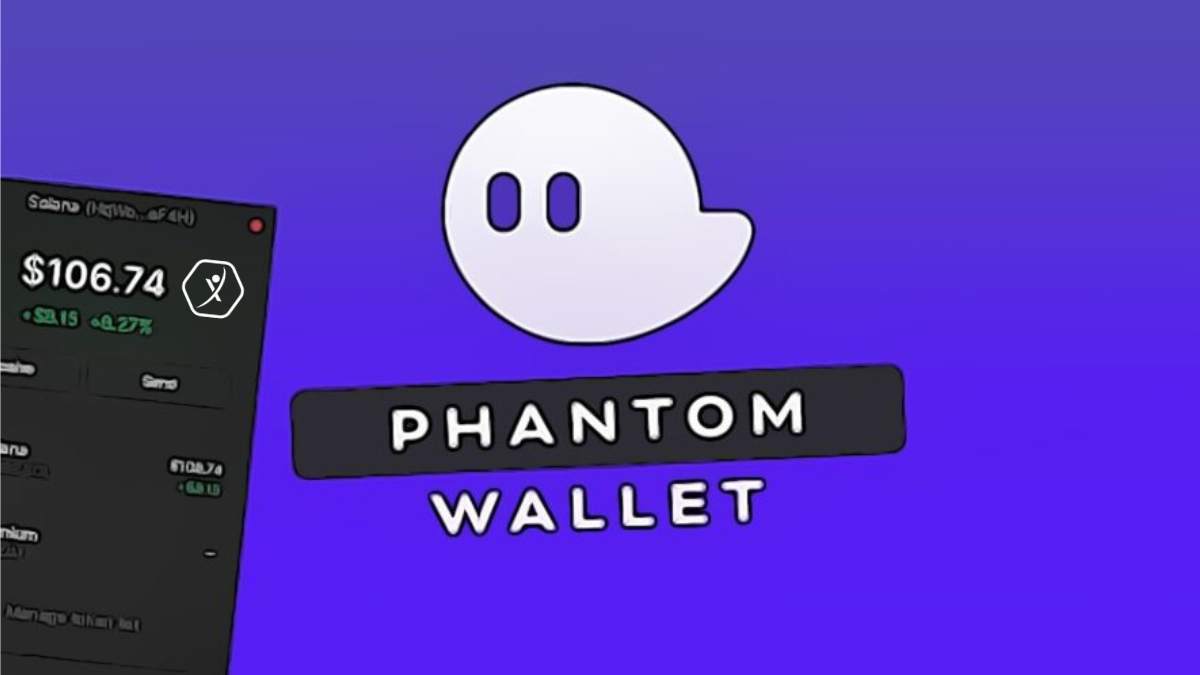Okay, so check this out—when I first installed the Phantom wallet extension for interacting with Solana DeFi, I barely glanced at the permissions it asked for. Honestly, I just wanted to get in the game fast. But something felt off about the access it requested. Like, why does a wallet need such broad permissions? I mean, I get it’s a browser extension, but the details are worth unpacking, especially if you’re into SPL tokens and seamless Web3 connectivity.
Here’s the thing. Phantom isn’t your average crypto wallet extension; it’s practically the gateway to Solana’s entire ecosystem. But that means it asks for permissions that can seem invasive at first glance. For example, access to your browser’s tabs and the ability to inject scripts into web pages might sound scary, but it’s how Phantom connects your wallet to decentralized apps (dApps) without compromising security—or at least that’s the promise.
Really? Yeah. My gut said, “Hold up, is this safe?” Initially, I thought, “Nah, no wallet should do that.” But then I realized, without these permissions, dApps can’t truly interact with your wallet, meaning you lose the seamless experience that makes Solana DeFi so slick. It’s a trade-off. On one hand, you want convenience; on the other, privacy matters.
Digging deeper, I found that Phantom’s extension specifically supports SPL tokens—which are Solana’s native fungible and non-fungible tokens. That’s a big deal because SPL tokens are the backbone of Solana’s DeFi projects, NFTs, and gaming assets. Without proper SPL support, your wallet might misbehave or fail to recognize certain assets, causing frustration or even loss of funds.
Wow! Seriously, the token support is crucial. And Phantom nails it by automatically recognizing and displaying SPL tokens in your wallet UI, even those you didn’t manually add. This auto-detection feels like a small thing but it’s huge for user experience. Imagine having to manually track every token—you’d go nuts.
Now, to connect the dots—Web3 connectivity is where Phantom really shines, or at least where it tries hard. The extension acts as a bridge between your browser and Solana dApps, using a secure protocol that allows signing transactions without exposing your private keys. But here’s where it gets tricky: some users complain about occasional glitches in connection or transaction approvals, which hints at the complexity under the hood.
Initially, I thought, “Okay, blockchain tech is still maturing, so bugs are expected.” But then again, when money’s involved, you want rock-solid reliability. Phantom is improving rapidly, but it’s not perfect. For instance, sometimes you have to refresh your page or even restart the browser to get the wallet to recognize a new token or transaction request. That feels very… not seamless.
Oh, and by the way, the extension’s permission model is designed so that you can revoke access anytime. This is a big plus if you’re cautious about what data you’re exposing. Still, not everyone knows how to manage their browser extension permissions effectively, which can lead to security headaches.

Phantom’s Real-World Fit: Permissions, Tokens, and Connectivity
If you’re like me, juggling multiple DeFi platforms on Solana, the Phantom extension becomes almost a daily tool. But I won’t sugarcoat it—its permissions can feel like giving a lot of trust to one app. That said, the developers are pretty open about why they need these permissions, mainly to facilitate Web3 connections that traditional browsers weren’t built to handle.
Now, about SPL token support: This is where Phantom outpaces many other wallets. It doesn’t just store tokens; it actively syncs with the Solana blockchain to keep your balance updated in real time. This means you don’t have to rely on third-party trackers or risk missing tokens you earned or swapped.
Here’s the kicker: Phantom’s seamless integration with Web3 apps makes it the de facto choice for Solana users. But that comes with responsibility. You have to understand what you’re granting access to. For example, if you connect Phantom to a suspicious dApp, your wallet could be exposed to phishing or unauthorized transactions. It’s not Phantom’s fault per se, but the ecosystem’s wild west nature.
So, what’s the takeaway? If you want a wallet that “just works” with Solana’s SPL tokens and offers smooth Web3 connectivity, Phantom is hard to beat. But you gotta keep your wits about you, manage permissions wisely, and double-check every transaction approval.
Honestly, I recommend checking out the official Phantom extension page at https://sites.google.com/phantom-solana-wallet.com/phantom-wallet-extension/. They have clear docs about permissions, token support, and security tips that can save you headaches.
Hmm, thinking back, I realize that diving into these details made me appreciate the subtle engineering behind Phantom. It’s like a finely tuned car—you don’t see the engine, but when it runs smoothly, you just enjoy the ride. Though sometimes the ride isn’t perfectly smooth, and you gotta tinker under the hood.
In the end, the extension permissions, SPL token support, and Web3 connectivity aren’t just technical jargon—they’re the pillars that make Phantom a robust tool for Solana users. And if you’re serious about DeFi or NFTs on Solana, understanding these facets isn’t optional; it’s very very important.
Frequently Asked Questions
Why does Phantom wallet extension need access to my browser tabs?
Phantom uses this permission to detect when you’re interacting with Solana dApps and to securely inject scripts that enable seamless wallet-dApp communication. While it sounds intrusive, it’s necessary for real-time transaction signing without exposing your private keys.
Can Phantom handle all SPL tokens automatically?
Yes, Phantom supports a wide range of SPL tokens and auto-detects them in your wallet. This means you don’t have to manually add every token, which simplifies managing your portfolio.
Is it safe to use Phantom with multiple Web3 apps?
Generally, yes, but always be cautious about which dApps you connect to. Make sure the site is legitimate and watch for phishing attempts. You can revoke permissions anytime via your browser settings if you feel uneasy.